1. Donnez J, Jadoul P. What are the implications of myomas on fertility? A need for a debate? Hum Reprod. 2002; 17(6):1424–1430. PMID:
12042254.
2. Buttram VC Jr, Reiter RC. Uterine leiomyomata: etiology, symptomatology, and management. Fertil Steril. 1981; 36(4):433–445. PMID:
7026295.
3. Flake GP, Andersen J, Dixon D. Etiology and pathogenesis of uterine leiomyomas: a review. Environ Health Perspect. 2003; 111(8):1037–1054. PMID:
12826476.

4. Broder MS, Goodwin S, Chen G, Tang LJ, Costantino MM, Nguyen MH, et al. Comparison of long-term outcomes of myomectomy and uterine artery embolization. Obstet Gynecol. 2002; 100(5 Pt 1):864–868. PMID:
12423842.

5. Kim HS, Oh SY, Choi SJ, Park HS, Cho GJ, Chung JH, et al. Uterine rupture in pregnancies following myomectomy: a multicenter case series. Obstet Gynecol Sci. 2016; 59(6):454–462. PMID:
27896247.

6. Parker WH, Einarsson J, Istre O, Dubuisson JB. Risk factors for uterine rupture after laparoscopic myomectomy. J Minim Invasive Gynecol. 2010; 17(5):551–554. PMID:
20591749.

7. Yao J, Chen D, Lu W, Premkumar A. Uterine fibroid segmentation and volume measurement on MRI. In : Manduca A, Amini AA, editors. Medical Imaging 2006: Physiology, Function, and Structure from Medical Images (Proceedings of the SPIE, 6143). Bellingham, WA: SPIE;2006. p. 614322.
8. Desai P, Patel P. Fibroids, infertility and laparoscopic myomectomy. J Gynecol Endosc Surg. 2011; 2(1):36–42. PMID:
22442534.

9. Bourdel N, Collins T, Pizarro D, Debize C, Grémeau AS, Bartoli A, et al. Use of augmented reality in laparoscopic gynecology to visualize myomas. Fertil Steril. 2017; 107(3):737–739. PMID:
28089570.

10. McLucas B. Diagnosis, imaging and anatomical classification of uterine fibroids. Best Pract Res Clin Obstet Gynaecol. 2008; 22(4):627–642. PMID:
18328787.

11. Ong CL. The current status of three-dimensional ultrasonography in gynaecology. Ultrasonography. 2016; 35(1):13–24. PMID:
26537304.

12. Guo Y, Liu Y, Lu QH, Zheng KH, Shi LJ, Wang QJ. CT two-dimensional reformation versus three-dimensional volume rendering with regard to surgical findings in the preoperative assessment of the ossicular chain in chronic suppurative otitis media. Eur J Radiol. 2013; 82(9):1519–1524. PMID:
23643029.

13. Aluwee SA, Kato H, Zhou X, Hara T, Fujita H, Kanematsu M, et al. Magnetic resonance imaging of uterine fibroids: a preliminary investigation into the usefulness of 3D-rendered images for surgical planning. Springerplus. 2015; 4:384. PMID:
26240782.

14. Kim YJ, Kim KG, Lee SR, Lee SH, Kang BC. Preoperative 3-dimensional magnetic resonance imaging of uterine myoma and endometrium before myomectomy. J Minim Invasive Gynecol. 2017; 24(2):309–314. PMID:
27903466.

15. Soyer P, Bluemke DA, Bliss DF, Woodhouse CE, Fishman EK. Surgical segmental anatomy of the liver: demonstration with spiral CT during arterial portography and multiplanar reconstruction. AJR Am J Roentgenol. 1994; 163(1):99–103. PMID:
8010258.

16. Shimizu K, Ito K, Matsunaga N, Shimizu A, Kawakami Y. Diagnosis of gastric cancer with MDCT using the water-filling method and multiplanar reconstruction: CT-histologic correlation. AJR Am J Roentgenol. 2005; 185(5):1152–1158. PMID:
16247125.

17. Oizumi H, Kanauchi N, Kato H, Endoh M, Suzuki J, Fukaya K, et al. Anatomic thoracoscopic pulmonary segmentectomy under 3-dimensional multidetector computed tomography simulation: a report of 52 consecutive cases. J Thorac Cardiovasc Surg. 2011; 141(3):678–682. PMID:
20884021.
18. Chan EG, Landreneau JR, Schuchert MJ, Odell DD, Gu S, Pu J, et al. Preoperative (3-dimensional) computed tomography lung reconstruction before anatomic segmentectomy or lobectomy for stage I non-small cell lung cancer. J Thorac Cardiovasc Surg. 2015; 150(3):523–528. PMID:
26319461.

19. Ettinger M, Claassen L, Paes P, Calliess T. 2D versus 3D templating in total knee arthroplasty. Knee. 2016; 23(1):149–151. PMID:
26765862.

20. Wang D, Ma D, Wong ML, Wáng YX. Recent advances in surgical planning & navigation for tumor biopsy and resection. Quant Imaging Med Surg. 2015; 5(5):640–648. PMID:
26682133.
21. De Silva T, Uneri A, Ketcha MD, Reaungamornrat S, Goerres J, Jacobson MW, et al. Registration of MRI to intraoperative radiographs for target localization in spinal interventions. Phys Med Biol. 2017; 62(2):684–701. PMID:
28050972.

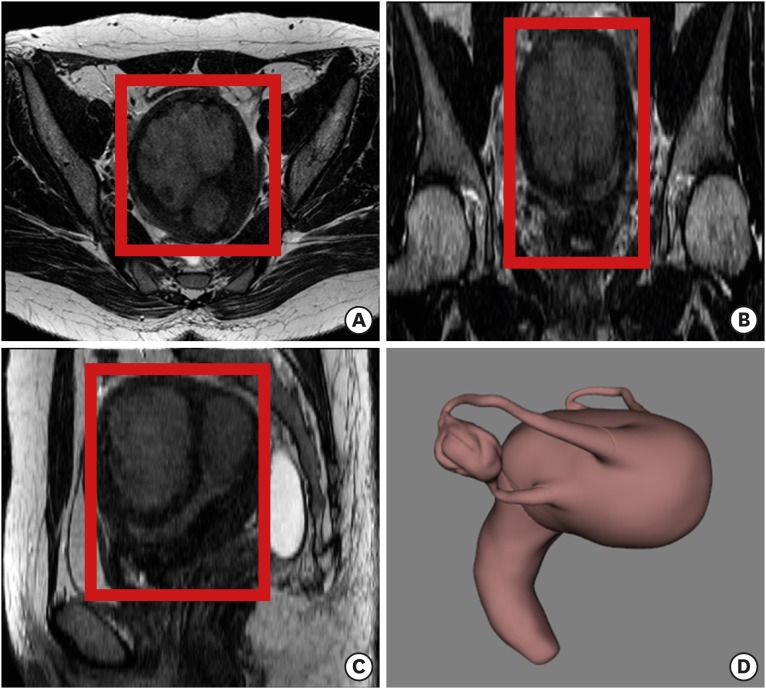
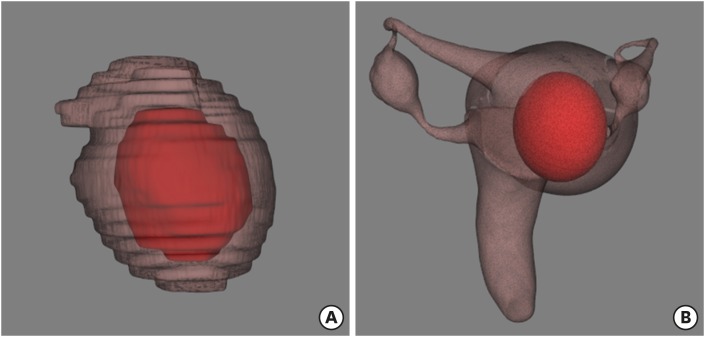





 PDF
PDF Citation
Citation Print
Print



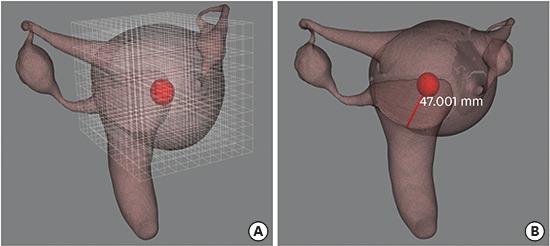
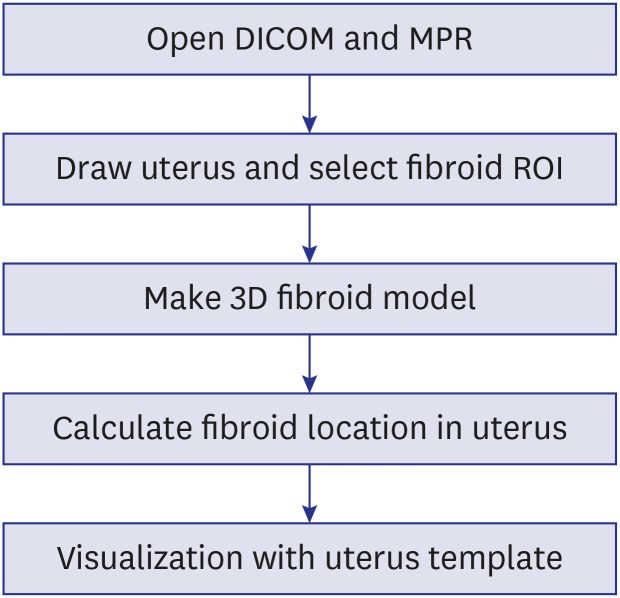
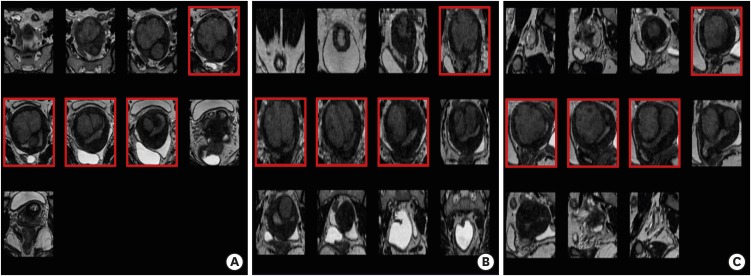
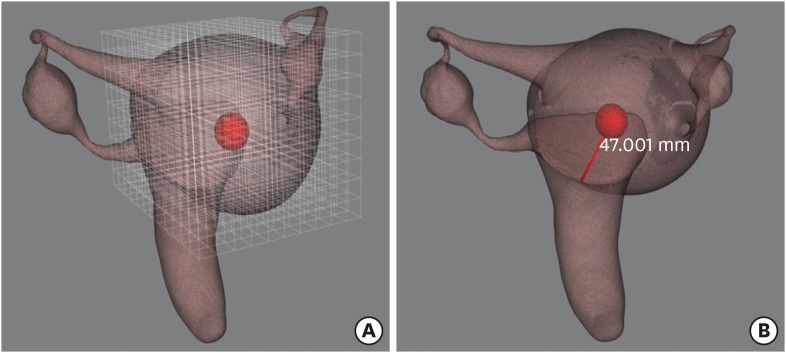
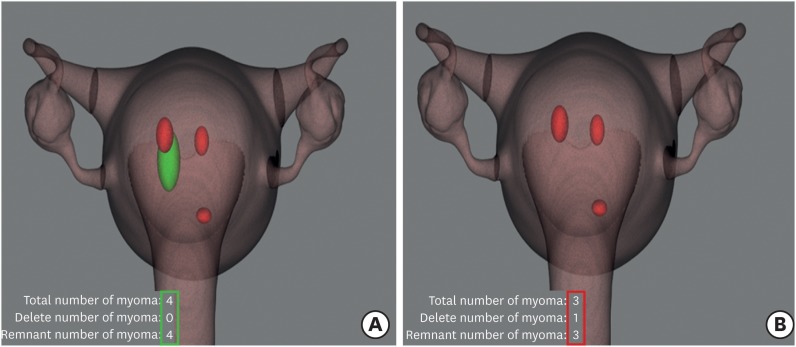
 XML Download
XML Download